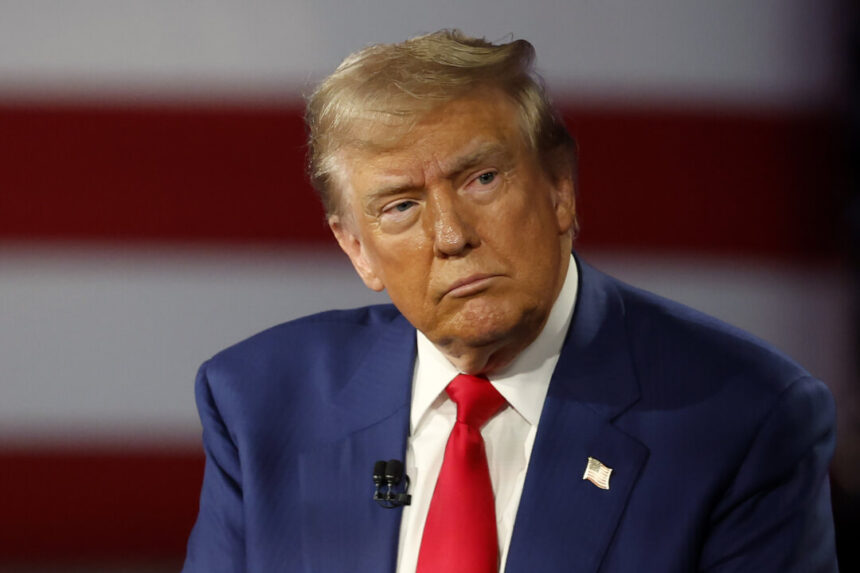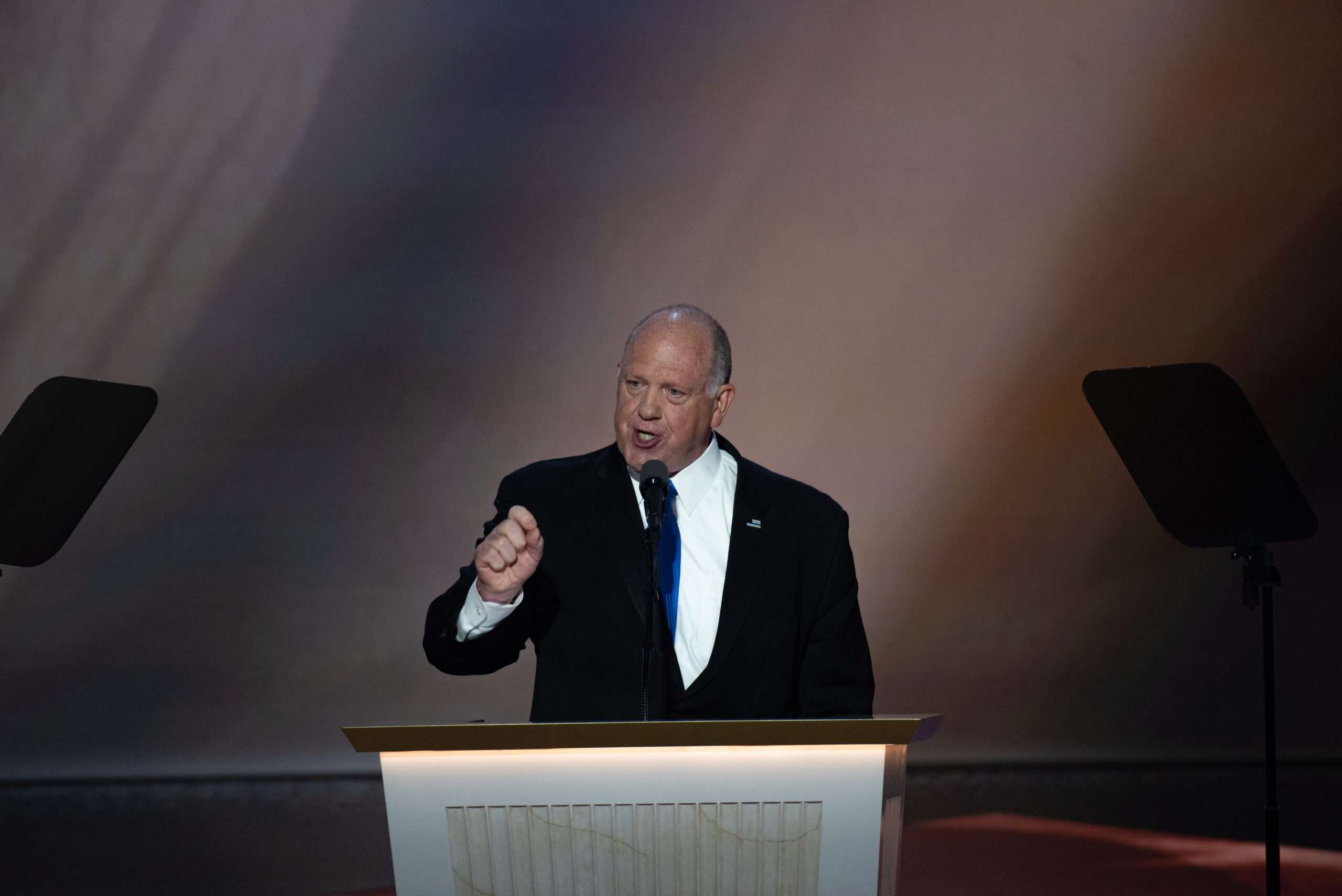Commentary
The primary challenge facing the future Trump administration will be managing inflation, which is already making a comeback and could potentially worsen in the summer. Despite this, there has been a lack of honest discussion about the underlying causes of this economic turmoil throughout the presidential campaign.
Attempts to control inflation through “anti-gouging” legislation have proven ineffective and unpopular. Additionally, energy regulations and restrictions on oil and gas production have not been the root cause of the inflationary pressures, as evidenced by the current oil prices.
The core issue lies in the significant increase in the money supply over the past two years, driven by extensive spending by Congress and supported by Federal Reserve purchases of new debt. This influx of new money has devalued the U.S. dollar and contributed to inflation.
While efforts to curb inflation through rate increases have been made, the Fed has recently reversed course to prevent a recession, leading to further growth in the money supply. Lowering energy prices and deregulation can help to some extent, but they are not permanent solutions to the inflation problem.
The Trump administration should focus on stimulating investment through tax cuts and deregulation to reduce the costs for businesses. Higher economic growth does not necessarily exacerbate inflation, as it can create more opportunities and wealth.
To address the immediate issue, tax cuts should be accompanied by substantial spending cuts to mitigate the inflationary impact of increased debt. Relying solely on tariffs to make up for revenue losses from tax cuts may not be sustainable in the long run.
It is crucial to recognize the limitations of tariffs and the potential negative effects they can have on international trade and consumer prices. While tariffs may increase prices for specific products, they do not directly cause inflation across the board.
It is important for policymakers to consider a comprehensive approach that balances economic growth, inflation control, and fiscal responsibility to address the complex challenges of the current economic environment.
Every bit of it will be false.
Nevertheless, upon careful consideration, the most promising strategies the future Trump administration can employ to prevent a looming inflationary recession include implementing extensive regulatory reforms and selling off assets, making significant cuts to discretionary spending, and implementing substantial cuts to capital and income taxes in order to boost confidence and increase disposable income.
Regardless of Trump’s intentions, tariffs are inevitable, but the best outcome we can hope for is minimal damage. The goal is to reduce trade deficits, but this outcome is unlikely due to the US dollar’s status as the world’s reserve currency, leading foreign central banks to continue stockpiling them.
It is important to note that a strong dollar increases imports, which contradicts the trade agenda. The dollar’s value relative to other currencies is currently on the rise and is expected to continue in that direction. The dollar’s position as the reserve currency is not at risk in the near future, making it a non-issue for the time being.
Setting aside these concerns, a revitalized investment climate could fuel a renewed focus on growth, leading to increased revenue. If this shift is substantial enough, it could alter investor sentiment and have a positive impact on public confidence. This represents our greatest source of hope.
Inaction is not an option. Fortunately, the Trump transition team recognizes this and appears ready to take action.
Opinions expressed in this article are those of the author and do not necessarily reflect the views of The Epoch Times.






